
Admin News
CIS Corporation Membership and Meeting
Announcement
Dear Parents,
This the last call for those who would like to be a member of the CIS Corporation. The deadline is on Wednesday, September 23, 2020.
We would also like to let you know that the new meeting date for our CIS Corporation meeting is Tuesday, October 13, 2020.
More details and Notice of the Corporation meeting will be sent to your registered email address.
Finance News

Elementary News
by Glenn Davies, Elementary School Principal
Dear Elementary Community,
We have now completed our 6th week of Remote Learning for this school year. The CIS teachers continue to reflect and innovate daily in order to meet the needs of our learners. There can be no doubt that due to the incredible work of our CIS teachers within the remote context, the education of your children has continued successfully. I have admiration and pride for what our teachers have achieved. Additionally, we are keenly aware of the level of support each and every one of you, as parents, have invested in your children’s education. We acknowledge that without your incredible investment of time our remote learning program would not have been this successful. This has been a true partnership.
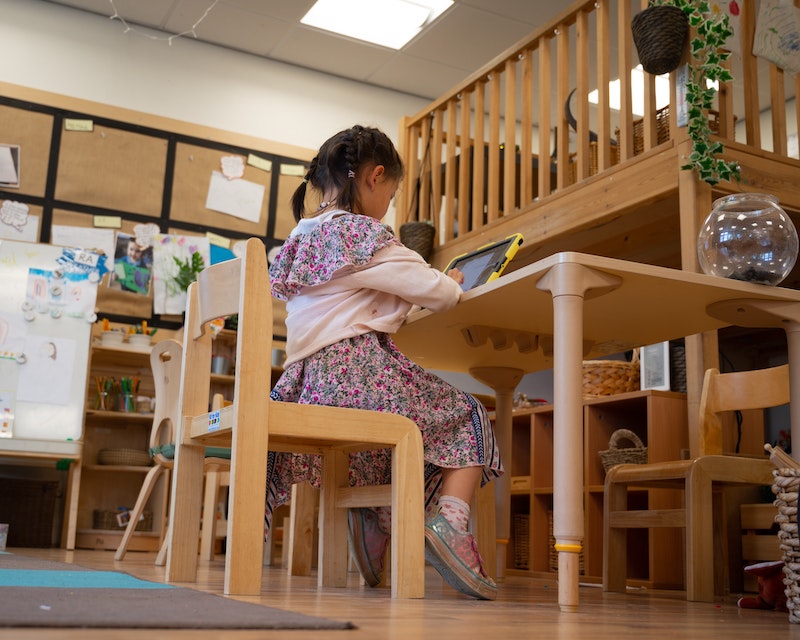
As we now settle into this longer-term culture of remote learning, a common theme emerging within the wider International School Community is the social and emotional well-being of our learners and their families. Through our previous traditional daily face to face classroom interactions with students, many of the social and emotional needs were naturally met, however as we extend remote learning, schools are becoming more intentional about how they meet these social and emotional learning needs. Today in our afternoon professional developing session, teachers have been discussing the following questions:
- Q1: How might we create a virtual classroom that represents all learners?
- Q2: How can we create a virtual learning environment that values everyone’s ideas and learning?
- Q3: How may we create a virtual learning environment that supports active and engaged learners?
- Q4: How can we ensure virtual classroom organization supports the developmental needs and learning styles of all learners?
- Q5: How can we foster independence, responsibility, and cooperation in the virtual learning environment?
Here is a short video you can access if you would like to learn a little more 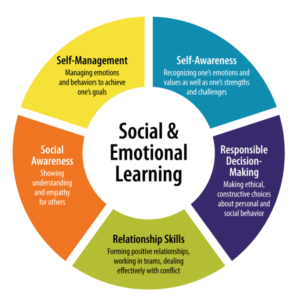 about social and emotional learning (SEL). These SEL skills connect to the Self-Management and Social Skills identified in our PYP ATL skills and attributes that remain a focus on our daily learning. Please continue to provide CIS with feedback about ways in which we may be better able to support your child during this Remote learning time, your feedback is valuable to us.
about social and emotional learning (SEL). These SEL skills connect to the Self-Management and Social Skills identified in our PYP ATL skills and attributes that remain a focus on our daily learning. Please continue to provide CIS with feedback about ways in which we may be better able to support your child during this Remote learning time, your feedback is valuable to us.
Elementary House Activities Day (HAD)
Today (Friday, 18th September) was our first ever CIS Remote Learning House Activities Day. Thanks to everyone who was involved in this day (teachers, support staff, students, and parents), it was a huge success. The lower and upper elementary teams created virtual HAD 1 homepages on Seesaw where students checked their activities schedules and accessed their House Day Activities. The energy and enthusiasm really were equal to our on-campus HAD days!
Here are the upper Elementary HAD Pages students accessed so they could manage their morning and access their synchronous HAD activities.
Mahogony

Molave

Acacia

Narra

Classes on Seesaw
KG-G1 Eagles
We find ourselves in a very unique time in history, our current situation, the simultaneous need to reduce physical distance presents a challenge for us all. For many people, the practice of being removed from others is difficult, and this can be especially challenging to our students in the early years. Talking about feelings and practicing social bonds is more important now than ever for our students. During this time while we are physically removed from one another, how can we stay connected?
Our current Unit of Inquiry “Who We Are” the Kinder and Grade One students have been exploring the concept of connection. We read a book called The Invisible String by Patrice Karst. The Invisible String is a story about two siblings who learn that everyone has an invisible string that connects them to everyone they love, anywhere, anytime. This invisible string of love can never be broken. We may be far physically, but the people we love and even those who have passed away are never far, “as long as love is in your heart, the string will always be there.” This love is the unending connection that binds us all, and, by extension, ultimately binds every person on the planet to everyone else. We explored questions like “What is an invisible string?” “Who are you connected to by an invisible string?” and “In what ways are we connected to each other?”
These are some student responses to the question, “How are you connected to by an invisible string?”
- “Catherine and I both have huskies.” (Erin)
- “My connection to my friends is the game Fortnite. ” (Masa)
- “I am connected to my friends because we go to the same school.” (Audey)
- “We both come from Canada. (Alivia)
- “We both enjoy reading the same kind of books.” (Audey)
- “We both lived in Africa.” (Erin)
When we are connected to someone we have a sense of belonging and responsibility. We learned from the story, Have You Filled A Bucket Today different ways we can show responsibility to the people we are connected with.
Here are some student responses on how they can fill other people’s buckets and help when someone is feeling alone, sad, or worried.
- “I can fill my mum’s bucket by being kind, giving her kisses and hugs, and also by being caring. I can fill my brother’s bucket by smiling at him because he likes getting smiled at.” (Sierra)
- “My father is happy when I eat all the food he makes.” (Ben)
“By listening to what my mum says, I make her happy. When I am happy my dad is happy.” (Catherine)
Learning in Music and Band
Early Years Music
Our youngest students have been focussing on singing songs to build confidence and have fun. They have had an opportunity to move and create actions, as well as explore how they are feeling. Matching facial expressions to words in songs.
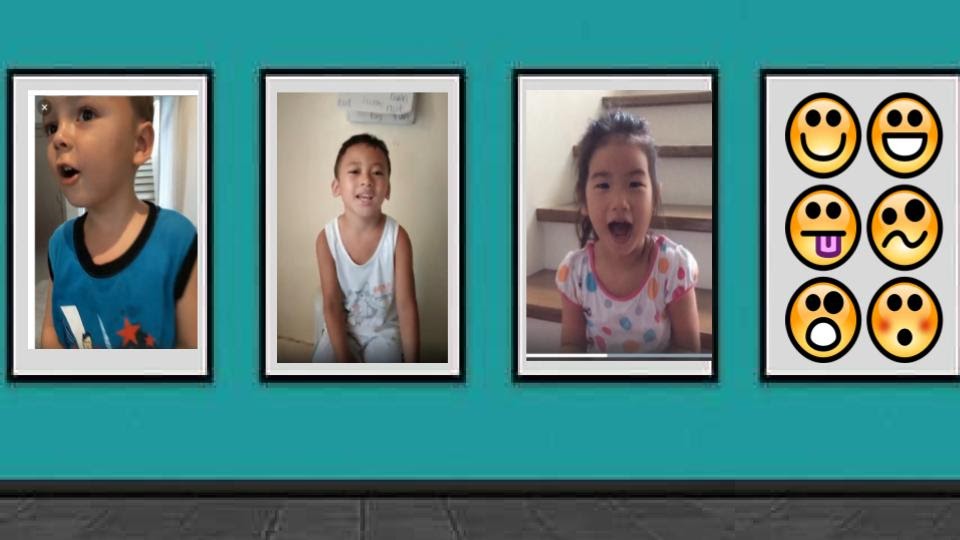
Grade 2 Music
Grade two have been exploring music from around the world. So far, they have experienced Reggae from Jamaica and sang the traditional Jamaican children’s song “Tingalayo”. They have also learned a Welsh folk song called “Oli an Ci Ci”. Through this folk song they have demonstrated creativity, and ability to keep beat and had a chance to find and play untuned percussion instruments.

Grade 4
The students in Grade 4 have been exploring musical traditions from different cultures. They have learned how to play the African American spiritual “Peace Like a River” on the recorder with a focus on correct breathing, tonguing, and hand position. In addition to recorder playing, the Grade 4 students have also learned how to notate the rhythms from this song using standard notation.
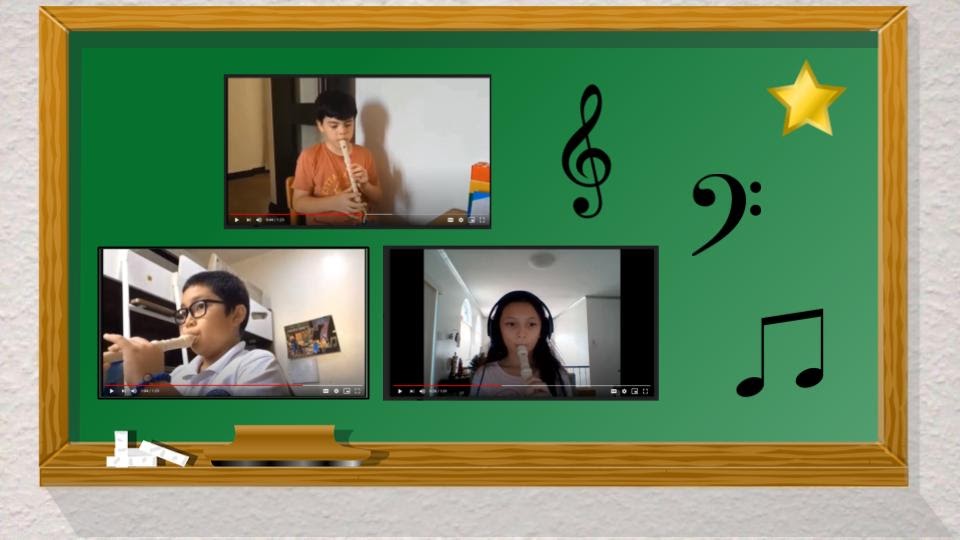
Kinder/Grade 1 Music
Kinder and Grade 1 students have been focussing on how music can create a community spirit. They have been singing songs just for fun, learning songs which help us remember to wash our hands to keep safe, and songs which create increasingly complicated patterns, so we can sing and play together.
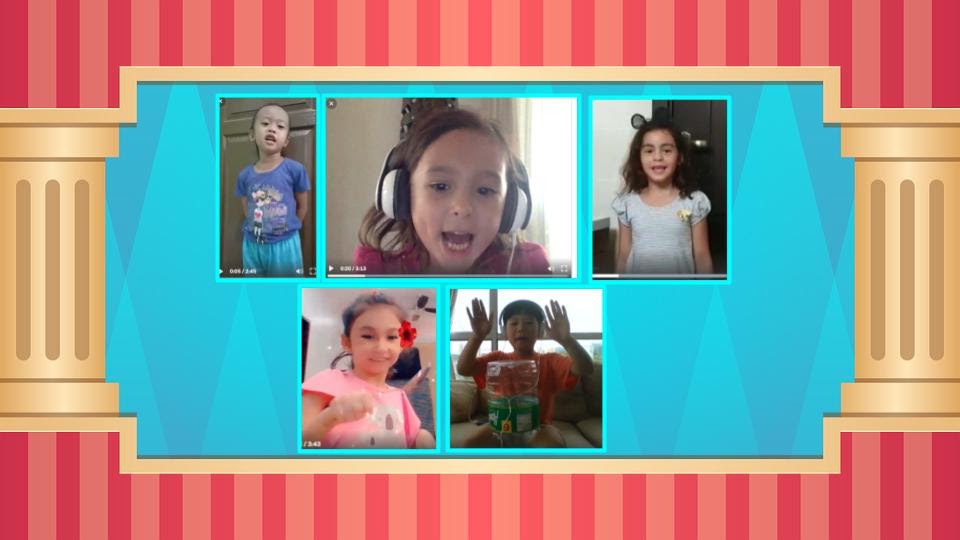
Grade 3
Grade three students have been exploring the use of repetition and contrast in composition. They have also been investigating ways of following a particular structure. The students have had a chance to create patterns using a variety of interesting manipulatives, as well as transferring these skills to sound, by composing melodies using pitched instruments available at home. Some students have even thought about how they can notate their ideas.
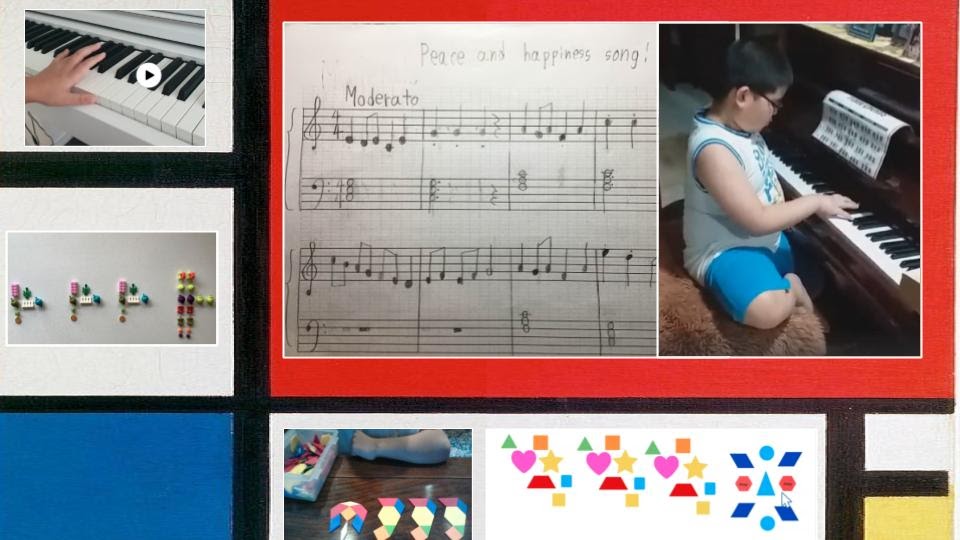
Grade 5
Grade five students have been learning about instruments of the orchestra. They have learned how to classify instruments into families and how to differentiate between the sounds of different orchestral instruments. They have also been using Nearpod and Kahoot! during synchronous music sessions as a fun way to review content and stay connected as a class.
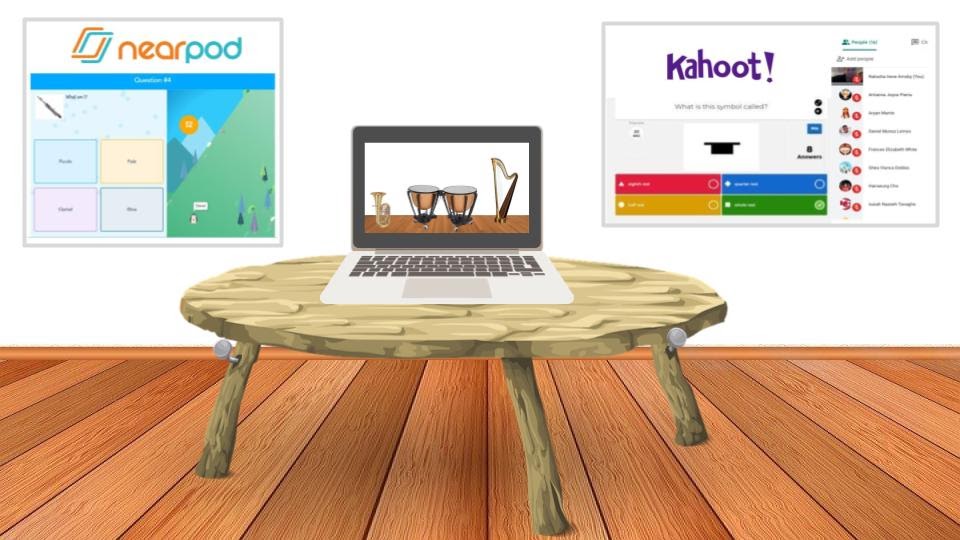
https://drive.google.com/file/d/1_P7FeYCAYDCJs6IGVagzLVENGakjmN9F/view?usp=sharing
Band – Instruments of the Orchestra
Middle and High School News
by Mr. Dale Wood, Middle and High School Principal
We are now completing our seventh week of the first quarter with two more to go until our fall break. Congratulations to all of our students and parents for your perseverance and support through this extended stretch of remote learning.
While we have been at home, there has still been quite a lot of activity going on at school. We have conducted our Student Council (StuCo) elections and have a group of peer leaders chosen by the student body for 2020-21, we have begun our offerings of After School Activities, the variety of which has been impressive given the circumstances and the fact that these are optional for the first semester.
Most importantly, our students continue to progress in their learning through this challenging time, demonstrating the ability to self-manage and be responsible, respectful, and prepared.
MHS Student Council Leadership This Year
Mr. Ron de Villa, Student Council Faculty Sponsor
Student Council elections for the 2020/21 school year have just been completed and this year’s elections looked much different than ever before. Candidates had to campaign virtually which was quite a challenge as they were asked to respond to a set of short-answer questions, allowing them to explain their motivation for running, their ideas and goals, and candidates also had to figure out new ways to reach out to the student body remotely.
The Student Council exists to create opportunities for students to have fun, work together, and enrich their non-academic school experience. Throughout the year StuCo runs events, various projects, and provides service opportunities for the student body which aim to promote school spirit and school unity.
Voting for several positions had to occur in a series of elections to determine our executive board consisting of President, Vice President, Treasurer and Secretary; which was then followed by House Captain elections; and finally the Class Representatives. All in all, we have 17 student leaders who are very much up for the challenge of creating virtual activities that will be worthwhile and will benefit the whole student body.
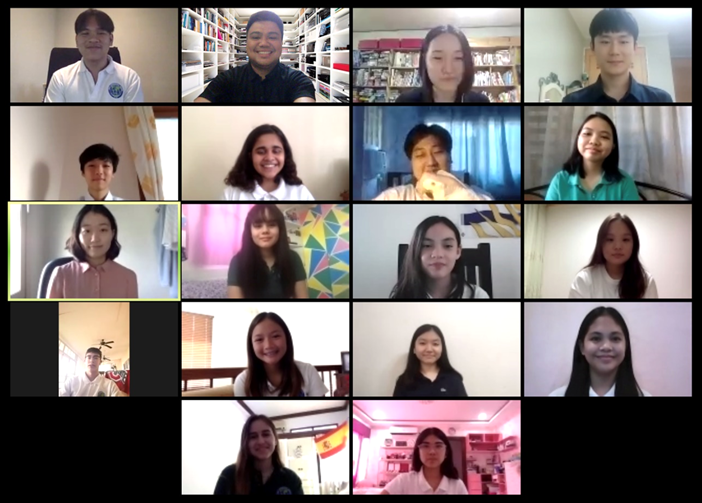
Here are some thoughts from Class Representatives who ran and won their respective virtual Homeroom elections:
This year I ran for Student Council because, for the past few years, I’ve seen my fellow peers be a part of the student council and help out in all these fun activities. They were helping to make change in the school and make it a better place for everyone. They would help out with telling the council of our class discussions and some ideas our classmates had. This year I wanted to be the one to help make change in our campus and be the one to represent my class. So I decided to run, but there were some changes since we had to do virtual elections. It was a fun experience for me and different from how it worked in the past years. Though different, I still enjoyed the process and liked how they still tried to make it similar to how we would do it in physical school. In the end I was happy to be chosen as our class rep and hope to do well for the rest of the year to represent my class and help the school grow. – Jandra R., Grade 9 Class Representative
This year’s election for class representative has been quite different since it was done virtually. During the traditional elections, I would talk to my classmates about why I would want to run as class rep during our break times. However, I followed a similar process in an online messaging app this year. I’m looking forward to helping in all the virtual events that Stuco will organize for our student body! – Ma. Isabel D., Grade 12 Class Representative
Online elections may sound quite odd but in my experience, it was actually really fun. This year, especially with remote learning, I wanted to help build up both my class and our school spirit. In order to do so, I ran for student council hoping to work hand in hand with fellow students to help unite and ignite the spirit within our student body. With my new position, I am looking forward to helping to do so and I hope the rest of the student body is excited as well for the interesting year we have ahead of us. – Bianca M., Grade 11 Class Representative
Quite fitting in this very unique school set-up this year, we also elected the first female House Captains in the Student Council. This is especially important as it shows how well-represented the student body is through the elected Student Council this year.
Virtual elections were a bit nerve-wracking at first, but it went pretty smoothly. The reason I chose to run for Narra’s House Captain was because I knew the fact that there had never been a female house captain prior to this year. I found it quite interesting that a female has never been elected, and I wanted to prove to the student body that a female could do just as good a job as a male when running a house. – Cassandra R., Narra House Captain
HAD has always been one of my favorite school events, something I would look forward to each year. Never would I have imagined that my next HAD, which I signed up to lead as house captain, would be in a virtual environment in front of a screen. Despite this, the student body has helped me to adapt to this new normal and adjust with the changes. At first, I was really scared to run for such a big position, but I thought I’d try my best and give it my all as not to regret the opportunities I did not take in the future. Although this HAD will be very different, I am still very excited to meet everyone and lead our team to victory for our first virtual HAD! – Youngseo (Jenny) P., Acacia House Captain
Once again, on behalf of the whole Stuco, thank you for participating in this year’s first ever virtual elections and we look forward to having fun activities for all MHS students this school year!
A session on Japanese Culture by Mr. and Mrs. Tetsuro and Hiroe Morooka
As reported by Ms. Joy Pierra, Grade 9 I&S class
Last Tuesday afternoon, our Grade 9 Individuals and Society class had the honor of watching Mr. and Mrs. Morooka’s presentation about Japanese culture. Over the past few weeks, my classmates and I have been conducting extensive research on ancient Japan, so we were delighted to have Mr. and Mrs. Morooka visit our class (virtually of course). This deeply relates to our Statement of Inquiry for Individuals and Societies at the moment which is, “Civilizations provide us with significant ideas and practices which shape our identities today”. We explored two specific aspects and how they are still used in modern day Japan. Mrs. Hiroe Morooka talked about the traditional Japanese tea ceremony called Sado, while Mr. Tetsuro Morooka talked about a sentence of appreciation called, Itadakimasu. It was extremely interesting to learn about these topics as Mr. and Mrs. Morooka were very informative and not only explained the topics, but explained the history behind them as well. This information will be helpful for our upcoming projects and we are so thankful to have them present to our class today. – Bella
Thanks to Mrs. Hiroe Morooka we were able to get a glimpse into the unique Japanese art of tea ceremony and subsequently, flower arrangement. The tea ceremony is quite complex, and its link to Japan’s seasons makes it doubly relevant. But while the complexity may make it seem tedious, it adds a certain aspect of beauty to it as well, and serves to remind us of the dedication the Japanese put into their art and lifestyle. There are many different kinds of tea ceremony, classified by their link to the seasons, or the level of their formality. There are also many implements as well, with many different types of cups and sweets designed, stylised, and moulded for seasonal use. For example, in the summer the cups used to serve tea are shallow, so to lose heat quickly in the warm Japanese summer. In the winter, the cups are taller, made to preserve heat in the middle of snowy days. During these ceremonies, many hosts will have flower arrangements, depicting the earth and the heavens in the arrangement of the flowers, which ties in to the slightly Zen Buddhist roots and ideologies of the art.- Jandra
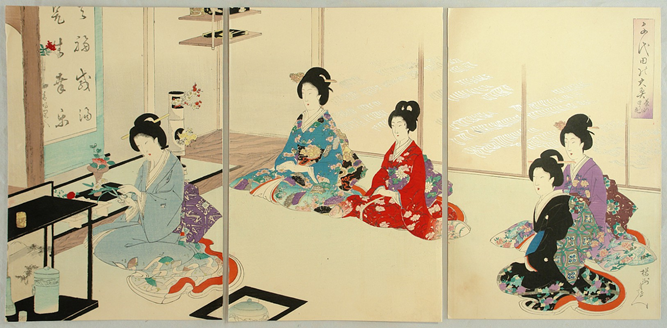

Another topic we learned, which was explained by Mr. Tetsuro Morooka, is about the saying “頂きます (Itadakimasu)”. Mr. Morooka explained that this is a saying/phrase that you say before you eat your meal. He explained that Itadakimasu is translated to “I humbly receive” specifically for a mealtime setting. Mr Morooka also showed a video of his son performing this phrase before he ate and you can see that he puts his hands together when saying Itadakimasu. The class also gave examples of similar sayings to Itadkimasu, and we discussed the differences and similarities. One of the similar sayings mentioned is “Bon Appétit”. Mr Morooka, who also knew about this saying, explained that “Bon Appétit” can be said when someone delivers the food to enjoy and eat the food, while for Itadakimasu is said by the people who received the food or are eating the food. – Liam
Japan’s culture and its general modern influences are quite widespread and popular despite it growing as a nation almost completely secluded from the world beyond China, Korea, and their own internal politics especially during the isolation period. Due to this almost secluded growth, Japan and subsequently its people has changed almost exponentially from era to era, time period to time period. Even the most simple seeming things such as giving thanks for a meal have the most interesting uses, literal translations, and varied interpretations. So ingrained in Japanese culture is the act of giving thanks, “Itadakimasu”, that the guest often would feel uncomfortable if they were to forget to say it. The rabbit hole goes deeper when it comes to discussing the uniquely Japanese art of tea ceremonies and flower arrangement, an art that corresponds to the season, to the occasion, and later around the Feudal Periods, religion, ideology, and philosophy. Japan has cultural wealth in spades, and their adherence to said culture is quite commendable as well. It is something special, like an orchid amongst the lilies. – Zeke
Grade 8 Visual Arts
Our students have been developing their artistic techniques through learning how to create contour drawings. A contour drawing shows the outlines, shapes and edges of a subject, but omits fine detail, surface texture, colour and tone (‘contour’ is French for ‘outline’). The purpose of contour drawing is to emphasize the mass and volume of the subject rather including all of the details. The illusion of three-dimensional form, space, and distance can be conveyed in a contour drawing through the use of varied line weights (darker lines in the foreground and paler lines in the distance) and through use of perspective.
Students were also tasked with creating inverted drawings as an additional challenge. An inverted drawing is one where the artist sketches an object which is upside down. When creating such a drawing students have to intentionally not focus on the object they are drawing. Instead, they have to conscientiously draw the figure by replicating the lines correctly.
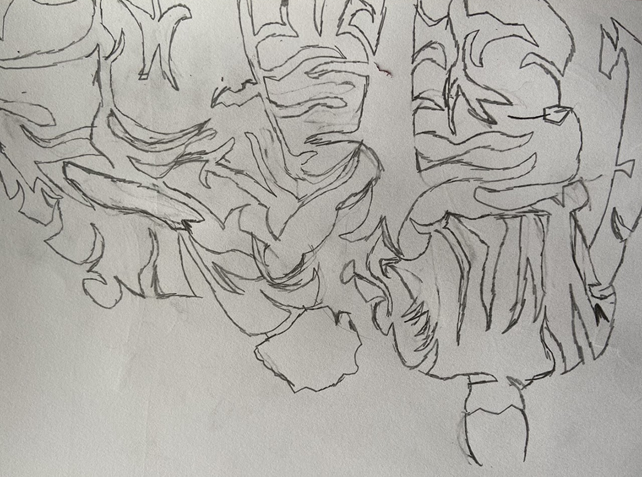
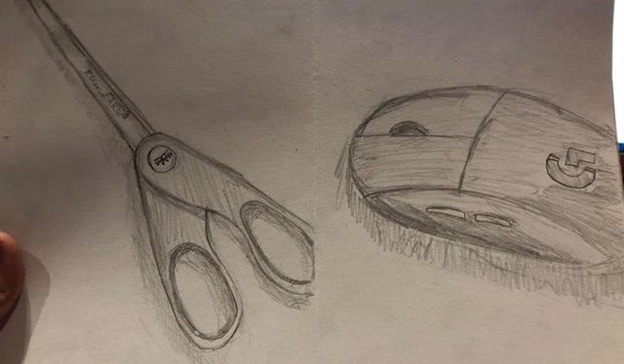
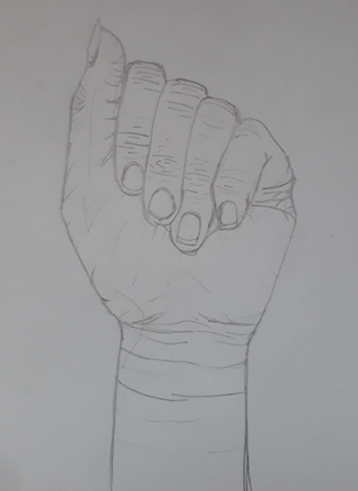
We created a contour drawing with objects around us; we had to select objects at the start but our teacher had to approve these to gauge the difficulty so we couldn’t pick simple items. I drew my pair of scissors and my mouse. I think drawing my hand was still a little bit easier, other than the nails, since I struggled more with the different objects. This exercise fits with our theme of composition since we had to look carefully at the lines and shapes and how they helped create the form. – Juan Miguel
College/Careers Counselor Corner
by Ms. Jenny Basa, College/Careers Counselor
Tip for the Week:
Extra-curricular activities show what a student does outside the classroom. Colleges look for dedication, passion and commitment to a project, club or activity. It is quality over quantity. One or two projects over a long period of time looks better than a list of 10 activities that were done in a short period of time.
Upcoming Virtual Visits and Fairs:
DATE
September 22 – Tuesday
1:30 – 2:30 PM (Virtual via Zoom)
September 23 – Wednesday
1:30 – 2:30PM
Virtual via zoom
September 24 – Thursday
8:30PM (Virtual via zoom)
September 25 – Friday
3:00 – 4:00PM
Virtual via Zoom
September 30 – Wednesday
2:00 PM PH time
October 15 – Thursday
1:00PM
October 17-18
Saturday & Sunday
EVENT
University of Illinois Chicago (USA)
Zoom link: https://shorelight.zoom.us/j/6573334694
Osaka University (Japan)
Join Zoom Meeting – zoom link for Osaka U
Meeting ID: 702 135 2845 – Passcode: 762233
Boston University (USA)
Join Zoom meeting
Harvard University (USA)
Chat with a Harvard University student ambassador
Lanz Aaron Tan (a junior at Harvard College will talk about the application process, life on campus and covid-related issues)
Scholarships and Financial Aid
Overview of Financial Aid at Japanese national and private universities. To register, click here: https://japanuniconsortium.typeform.com/to/drhPRY
University of New Brunswick and University of Victoria (Canada)
https://us02web.zoom.us/j/3183943681
Meeting ID: 318 394 3681 The password will be 946466
Session for CIS students
EduCanda Virtual Fair
(list of institutions to follow)
SAT UPDATE:
Please note that most universities have gone test-optional. This means they do not require test scores for students to be eligible for admission.
September 26 and October 3 have been cancelled by the College Board. Test-takers registered on these dates will have received an email with instructions.
| 2020-2021 Test Dates | Test | Registration Deadline |
| September 26, 2020 | CANCELLED | |
| October 3, 2020 | CANCELLED | |
| November 7, 2020 | SAT & SAT Subject Tests | October 7, 2020 |
| December 5, 2020 | SAT & SAT Subject Tests | November 5, 2020 |
| March 13, 2021 | SAT only (no Subject tests) | February 12, 2021 |
| May 8, 2021 | SAT & SAT Subject Tests | April 8, 2021 |
| June 5, 2021 | SAT & SAT Subject Tests | May 6, 2021 |
To register for the SAT, you may click on this link. If you need assistance or have any questions, please feel free to email Ms. Jenny Basa at jbasa@cis.edu.ph.


